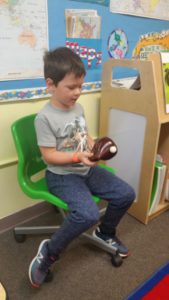History & Geography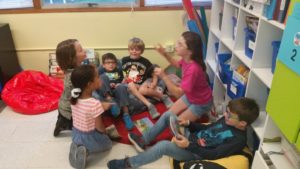
This week we continued our unit on China. We read a lesson on Confucius and the principals behind his philosophy. The class had fun breaking into group and acting out situations that showed people being virtuous. We also learned about significance of family and ancestors to the Chinese.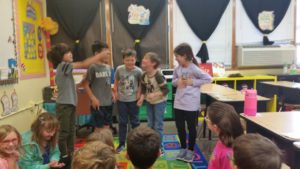
Our objectives
• understand the basic principles of Confucius
• recognize the influence of Confucianism on Chinese government and culture
• understand the importance of ancestors in Chinese beliefs
• understand the ways that ancestor worship has been practice
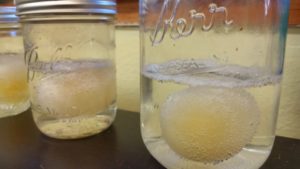 Science
Science
This week in our science domain Cycles in Nature, we finished learning about the life cycle of a chicken and began learning about the life cycle of frogs. We had fun with an egg experiment showing the chemical reaction of vinegar on an egg shell.
Our objectives were to:
• explain that is cycle is a sequence of events that repeats itself again and again
• identify the stages of the life cycle of a frog
• explain metamorphosis
• identify the different parts of a chicken egg
• explain how vinegar (an acid) reacts with calcium carbonate (egg shell) to change it into carbon dioxide, water, and aqueous calcium.
• observe the membrane underneath the egg shell.
English Spelling/Writing
In our journals we used the idiom of the week, “They’re going bananas “. For spelling we did two activities, and had both our practice and final tests. Our word wall words this week were: could, can’t,
La lectura
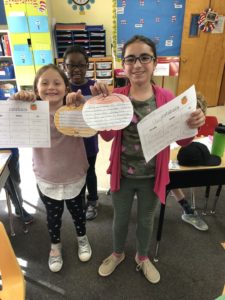
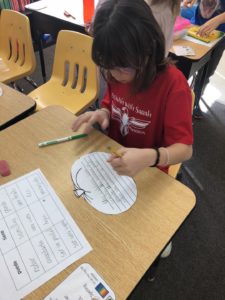 This week we reread Tomás y la señora de la biblioteca.
This week we reread Tomás y la señora de la biblioteca.
Our weekly objectives were to:
- review all the high frequency words we have learned this unit
- use the comprehension skill point of view as we read the story the second time
- Review possessive pronouns by creating possessive pronoun spiders
- Review common and proper nouns
Our high frequency words for next week are siempre, primero, and pronto
Las matemáticas
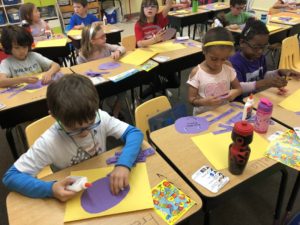 This week we continued working with subtraction up to 1,000. Our weekly objectives were to:
This week we continued working with subtraction up to 1,000. Our weekly objectives were to:
- Use base ten blocks to subtract with regrouping
- Apply the inverse operations of addition and subtraction
- Solve real-world subtraction problems

